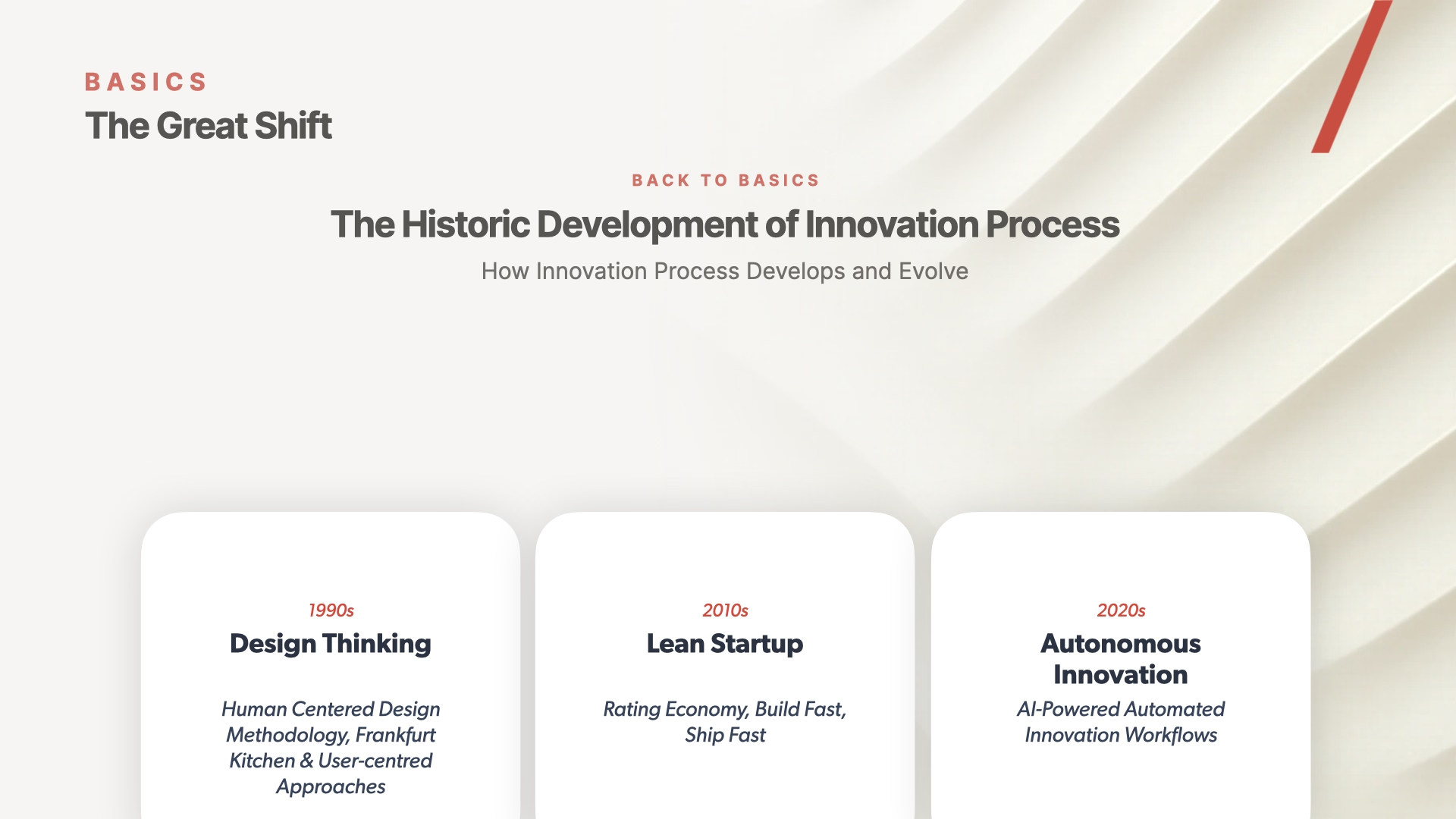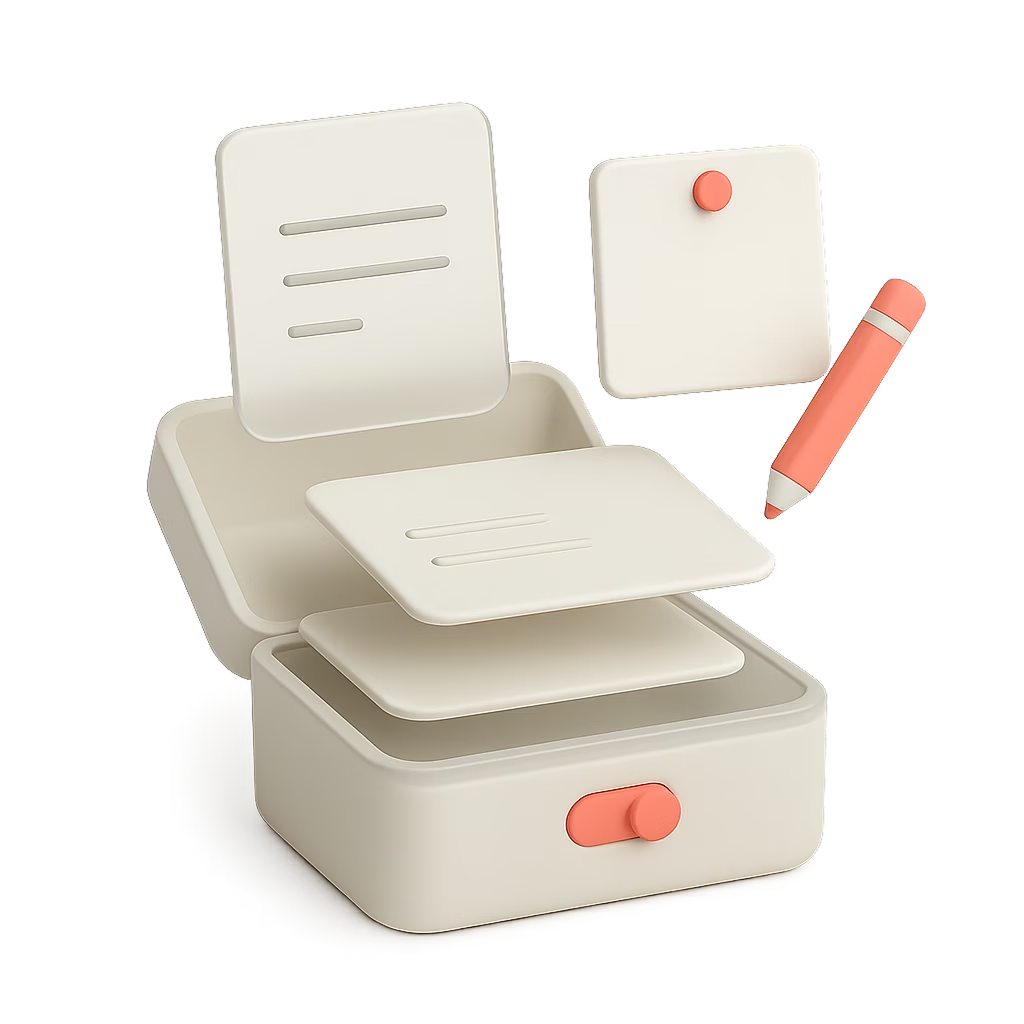Key Insights from Tim Brown, IDEO
In a recent LinkedIn discussion, Tim Brown (Executive Chair at IDEO) shared powerful insights on how design as a discipline has evolved through major technological revolutions and how it must transform to address today's challenges - particularly AI advancement and climate pressures.
Historical Context & Future Direction
Tim Brown traces design's professional origins to the Industrial Revolution of the late 1800s, noting how industrial and graphic design emerged as formal disciplines during this period. As society progressed through the information revolution, design adapted to new contexts and challenges.
Now, as we enter what Brown describes as an era "dominated by the kind of constraints of climate and other system level constraints that we have as a planet," design faces perhaps its most significant evolution yet.
"I can't help but believe that design is going to have to radically evolve in order to exist within those, within that kind of new context." - Tim Brown
Design as Technology-Humanity Interface
A crucial point Brown makes is about design's fundamental role as "an interface between technology and humanity or technology and civilization." This bridging function becomes increasingly vital as technologies like AI rapidly advance.
Proactive vs. Reactive Thinking
Perhaps most thought-provoking is Brown's observation about contemporary technology discourse:
"One of the things that I find a little bit frustrating about a lot of the dialogue about technology today is we're waiting until it's here before we actually start to think about it. And so we're almost looking at it in the rearview mirror rather than trying to look down the road a little bit."
Why This Matters for Multidisciplinary Practitioners
For those working across disciplines, Brown's perspective highlights the increasing value of integrative thinking. The ability to connect technological possibilities with human needs while considering broader system constraints (like climate) is precisely what distinguishes effective contemporary design practice.
As we navigate this new era, practitioners who can maintain this balanced perspective - technically informed yet deeply human-centered - will be well-positioned to create meaningful solutions for our evolving world.
The Historic Evolution of Innovation Process
The accompanying diagram perfectly maps the evolutionary leaps in innovation methodology, supporting Brown's insights by placing them in historical perspective. In the 1990s, Tim Brown and IDEO pioneered the Design Thinking approach, architecting human-centered design methodology to help companies become more productive and innovative. This era represented an age where empathy and user understanding were placed at the center of innovation.

By the 2010s, in a world where digitalization was gaining momentum, Eric Ries's Lean Startup philosophy took center stage. The thinking that "whoever produces leanly and reaches users fastest before going through the process of reaching users will win" became dominant. Major tech companies followed this trend, launching countless products into the world - but ironically, they also shut down a large portion of them. This speed-focused approach prioritized market validation while relegating sustainability and deep understanding to the background.
At the point we've reached today, the radical evolution Brown foresaw is happening: autonomy and generative AI are fundamentally reshaping these ways of thinking. We're on the verge of designing products that completely delegate maintenance processes to generative AI, that collect feedback autonomously, compile it, and evolve in an autonomous manner. This new paradigm transcends both Design Thinking's human understanding and Lean Startup's emphasis on speed, heralding the age of continuously learning and self-improving systems.
Source
Original LinkedIn Post by IDEO featuring Tim Brown and Papa Akuffo



.png)






